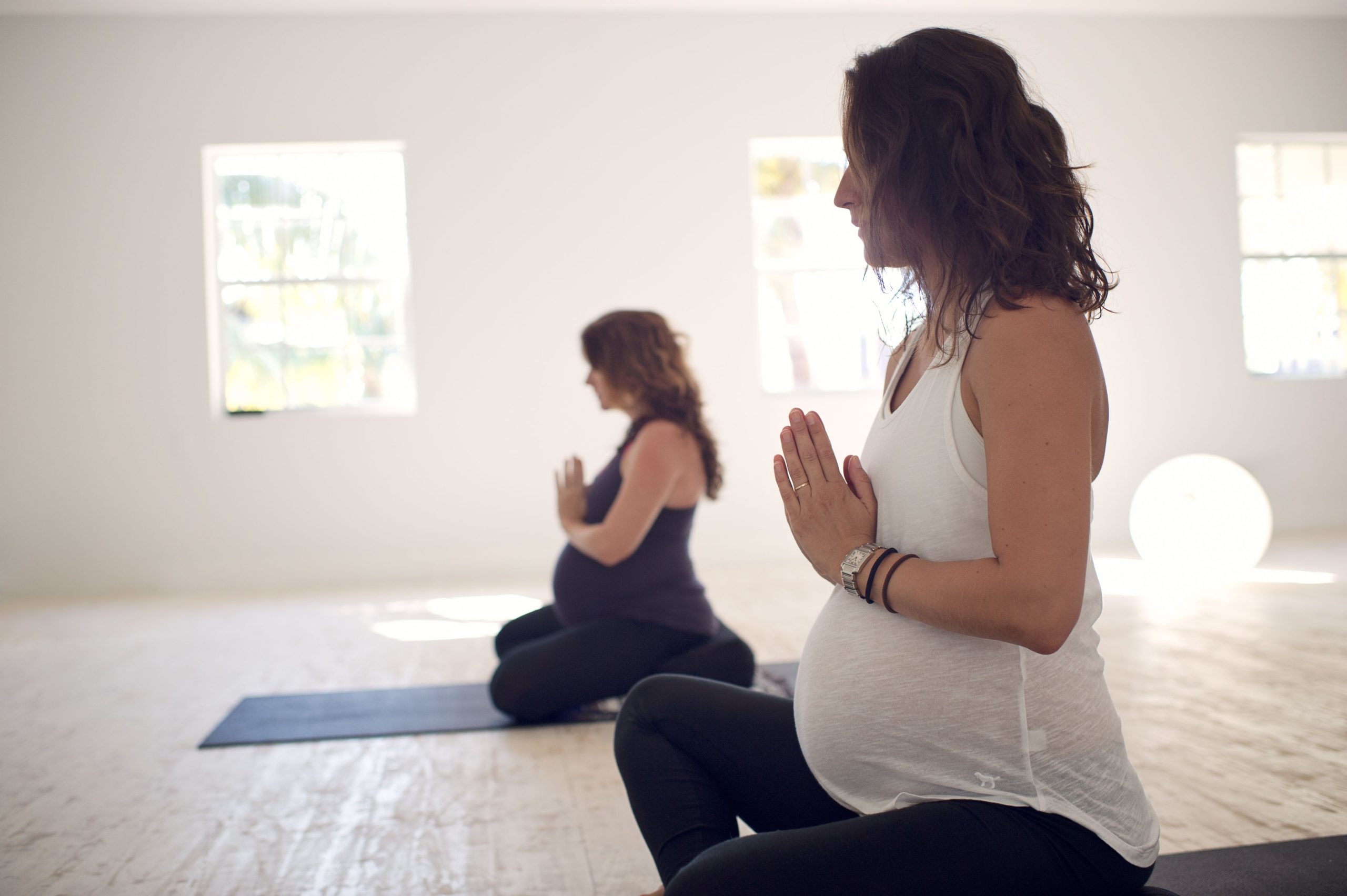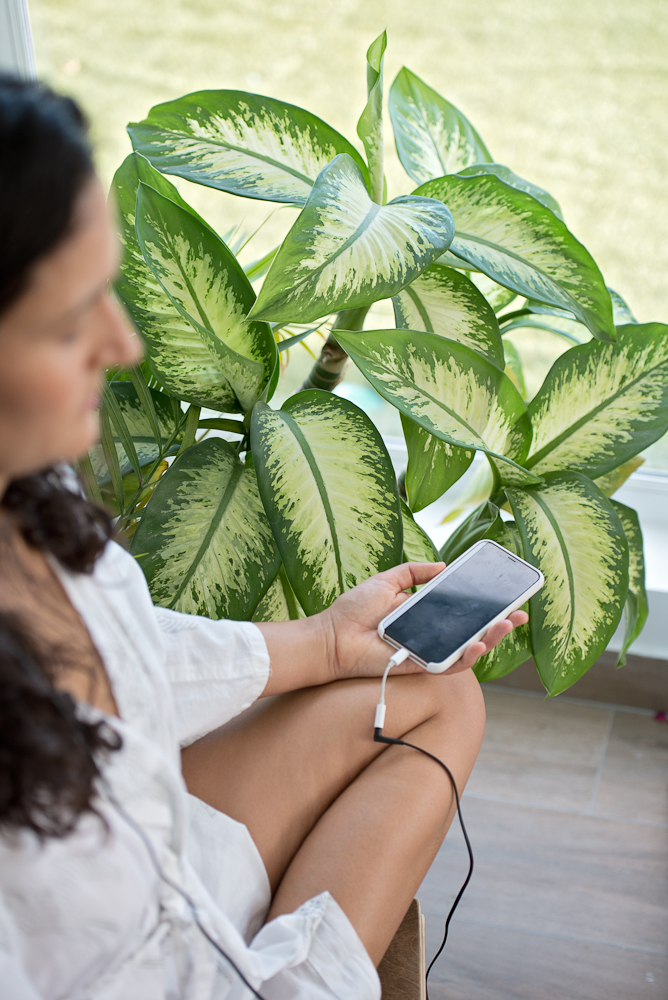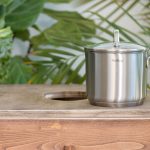This is a blog post that I wish I could had read 10 years ago when I was pregnant with my first daughter and figuring out how I could gently bring her into the world. I was riddled with all the warning signs of my body needing extra support and nourishment (swollen legs, shooting leg pains, dry skin, back ache and worry), yet I didn’t have a clue how to best support myself. Growing up there had been very little stories of empowered births and instead my mind was filled with stories of dis-empowerment, pain, fear and in some cases even horror. I didn’t know that there was a gentle and nurturing option that had the potential to open my body up to an ancient wisdom.
If you are reading this post and are pregnant for the first time I’m so excited that you are here to learn how to support your body for a gentle and empowered birth. If you’ve given birth before, but it didn’t go as you would have hoped, then this post may provide a few more useful tricks to have up your sleeve. You may be coming with your own limiting beliefs about birth and I hope to be able shed some of these for you by replacing fear with knowledge.
Vaginal steaming for labour preparation (and postpartum care) go way back to the grannies that came before us, long before modern day gynecology. Women relied on steam and herbs to prepare the body for labour, offer support in the early stages of labour and then to heal the body as it recovers from the transformative experience of birth.
In order for the body to get ready for labour, there are three important conditions that need to be be present in the body: lubrication, circulation and relaxation. The same energy/condition that got the baby in there in the first place is the same energy/condition that’s going to get the baby out with ease. Steaming plays an important part in helping these 3 conditions to be present in the body, but we also need to add in the right fuel (food and water) to help our vessel function optimally.

Lubrication
Moisture is required to enable the cervix to soften and become more supple. A well lubricated vulva is less likely to tear during labour because it has the suppleness to open and make space for the baby. Lubrication can be achieved when we are hydrated and we get this through what we eat and drink. The tell tale signs when we are dehydrated is dry lips, dry skin when un-lotioned and constipation or pebble like stool. If this is happening in your body then it’s really important to eat lots of hydrating food and drinks. Think fruits, vegetables, bone broths, smoothies and mucilaginous foods.
Circulation
Similarly to lubrication, we need to get the blood moving and circulating through the body so that all the goodness can be transported to where it needs to be. When it’s not, we end up with stagnation and the tell tale signs of this are shooting pains, foggy brain and swelling. It’s really important to increase circulation through movement such as walking or gentle dancing. Spicy foods and emmenagogue herbs can also help with this.
Relaxation

The cervical effacement (when it gradually softens, shortens and becomes thinner) and dilation can only start to happen when there is relaxation. Acupuncture and massage are wonderful ways to encourage this relaxation as are addressing any worries or concerns by journalling them out or talking with a trusted friend or therapist. Allow yourself permission to take the important last month to nest, cut down (or even better, cut out) work commitments and prepare the mind to enter that wonderful other worldly space.
Taking time to rest and meditate can do wonders for promoting a state of relaxation in your body. While I was pregnant I loved listening to the Lush Tums meditation which you can link to here. There is a lovely one that you can play in the middle of the night especially if and when insomnia creeps in or you find it difficult to get back to sleep after what feels like the hundredth pee in the night. The Fourth Trimester by Kimberly Ann Johnson is a fantastic book to address all of the emotional aspects about becoming a mother. Though the title is about the fourth trimester when the baby is already Earthside, it’s really useful for reading during pregnancy (even before conception) as a way of confronting any hidden emotions.
How does the steam work?
The steam stimulates a very important meridian point (cv1) which is responsible for the circuit of qi through the body. This stimulation along with the heat from the steam increases circulation in the whole pelvic area and beyond. Added to this, the properties of the herbs provide hydration further lubricating the muscles and tissues. Lastly and most importantly, the stimulation of the cervix can trigger receptors to the brain to release oxytocin, which is that wonderful love hormone that we very much want present at the time of delivery.
When to steam

If prior to getting pregnant you had a normal menstrual cycle (i.e. your periods arrived roughly every 28-30 days each month) then you can begin steaming from 38 weeks. If this was not the case and you had a short menstrual cycle (i.e. your periods arrived 27 days or less each month) then it’s important to wait until you’re 39 weeks pregnant before starting to steam.
For guidance with the steam set up, which herbs to use and the frequency of steaming it is recommended to consult with a qualified practitioner. Dosage, timing and herbs will change according to your specific needs and it’s important to be in safe hands.
This is an area that I have qualified in and through my experience birthing my first daughter by emergency c-section and my second daughter by a VBAC (vaginal birth after c-section) I have thoroughly geeked out on the process. I have added a package service to my online shop for vaginal steaming for labour preparation and would be honoured to guide you through this process.
Is it safe for the baby?
In a short answer, yes. Steaming during pregnancy is 100% safe. The baby is protected by a very supportive amniotic sac and care is taken to choose a gentle steam setup that is short enough to bring results and at a comfortable heat level. Of course mother’s instinct is always best and babies movements are monitored to observe how it responds to the steam. Some babies fall asleep and for some baby’s it’s their active time.

Steaming during labour
At the moment I am aware of hospitals in Czech Republic and South Korea using steaming during early labour both before or after the water breaks in order to advance labour and soften the cervix. It is useful for when labour has stalled to address the 3 labour preparation conditions – lubrication, circulation and relaxation. Awareness of vaginal steaming is growing more and more and I hope to see more OBGYNs, midwives and doulas embracing the practice in hospitals, birthing centres and home births.
Steaming for Postpartum
The benefits of steaming don’t stop at labour. Next up on the blog I will be going into the wonderful benefits of steaming for postpartum, so be sure to check that out.
I hope this has inspired you to consider steaming as a useful labour preparation tool and if you found this blog post useful please share it with just one girl friend.


